A partner you can trust
Exploring the Future of Wire and Cable Technology Innovations in Connectivity
The rapid advancement of wire & cable technology is pivotal in shaping the future of connectivity across various industries, including telecommunications, power distribution, and automation. According to a recent report by Research and Markets, the global wire & cable market is projected to reach USD 320 billion by 2025, growing at a CAGR of approximately 6% during the forecast period. This growth is driven by the increasing demand for high-speed data communication and the expansion of smart grid solutions. Furthermore, innovations such as fiber optic cables and enhanced conductive materials are revolutionizing traditional wire & cable applications, leading to improved efficiency and reliability. As we navigate through this technological evolution, understanding the emergent trends in wire & cable innovations will be crucial for industries seeking to maintain a competitive edge and ensure seamless connectivity in an ever-evolving digital landscape.
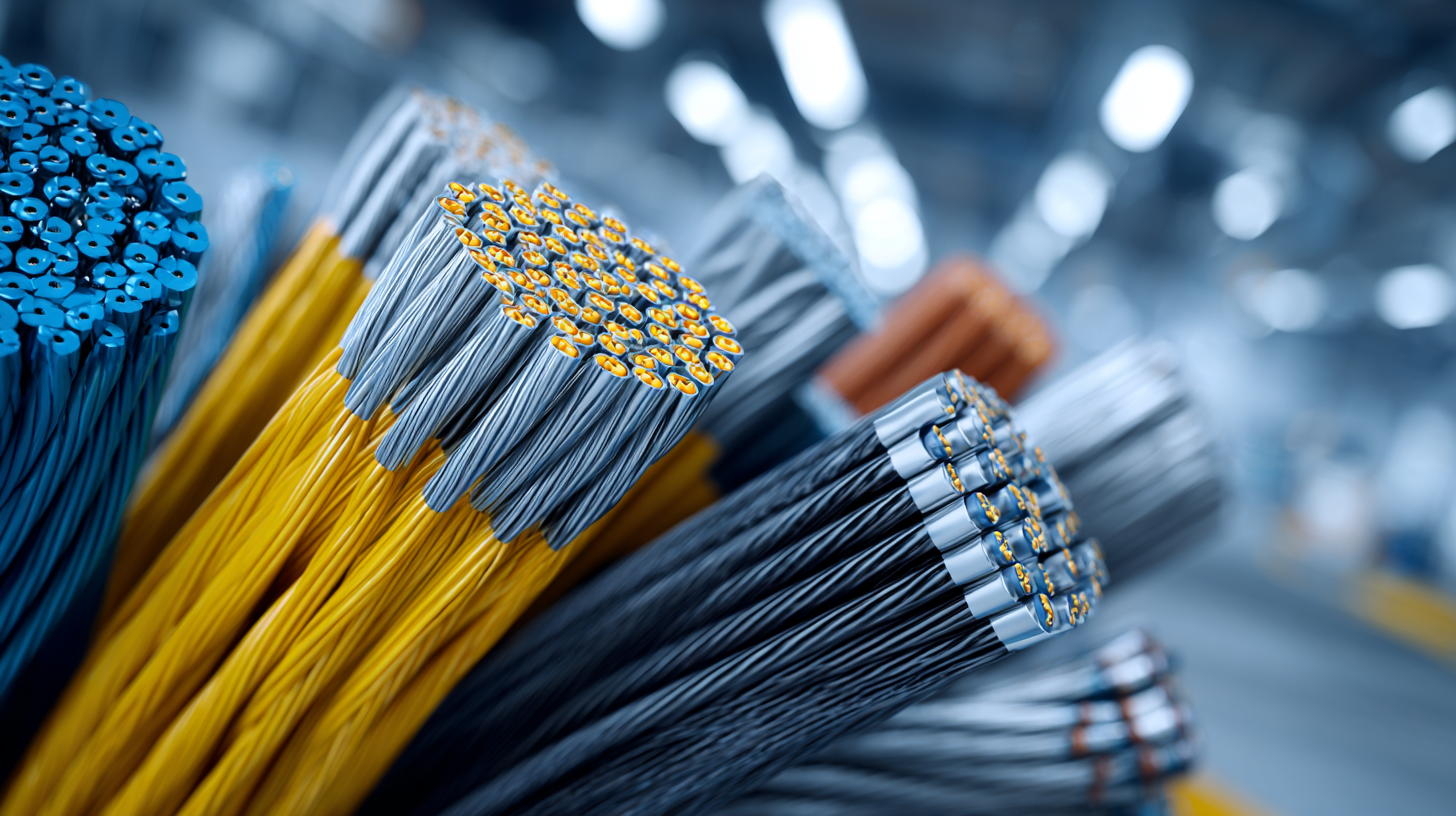
Current Trends in Wire and Cable Technology for Enhanced Connectivity
The landscape of wire and cable technology is undergoing significant transformation, driven by the need for enhanced connectivity in various sectors. Current trends indicate a strong shift towards high-performance materials that improve data transmission capabilities. According to a report by Research and Markets, the global wire and cable market is expected to reach $250 billion by 2027, showcasing a compound annual growth rate (CAGR) of 7.2% from 2020. This growth is largely fueled by the increasing demand for innovative solutions in telecommunications, automotive, and renewable energy sectors.
Another prominent trend is the rise of fiber optic cables, which are swiftly replacing traditional copper wires due to their superior speed and capacity. The Fiber Optic Association highlights that fiber optics can transmit data over long distances without significant loss, making them ideal for high-demand applications. Furthermore, a study by Mordor Intelligence notes that the demand for smart cables, particularly in smart home and IoT applications, is also on the rise, as these advanced systems require efficient and reliable connectivity. As technology continues to advance, the emphasis on sustainability and eco-friendly materials within the wire and cable industry is becoming increasingly critical, aligning with global efforts to reduce carbon footprints.
Key Innovations Driving the Future of Electrical and Data Transmission
The future of wire and cable technology is poised for significant innovations that will enhance both electrical and data transmission. One of the key driving forces behind these advancements is the emergence of materials with superior conductivity and reduced weight. For instance, copper alternatives, such as graphene and carbon nanotubes, are being researched for their potential to drastically improve efficiency while lowering production costs. These materials not only allow for higher bandwidth capabilities but also enable more compact designs that can be integrated into modern electronic devices, leading to improved connectivity experiences.
Moreover, advancements in cable design, such as the development of hybrid cables that combine power and data transmission within a single line, are revolutionizing systems used in both residential and industrial settings. These hybrid solutions can simplify installations and minimize the space required for wiring, which is particularly beneficial in densely populated urban areas and smart buildings. Additionally, the integration of smart technology into cables, including sensors that monitor performance and detect faults, is providing a new layer of safety and efficiency in electrical systems. As these innovations continue to surface, the landscape of connectivity is set to evolve drastically, paving the way for a faster and more reliable digital future.
Innovations in Wire and Cable Technology: Data Transmission Efficiency
The Role of Smart Materials in Wire and Cable Advancements
The rapid evolution in wire and cable technology is increasingly intertwined with advancements in smart materials. These materials offer unprecedented flexibility and functionality, allowing for the development of wires and cables that are not only lightweight but also capable of self-sensing and adaptive responses to environmental changes. As industries move toward more interconnected systems, the integration of smart materials into wire and cable applications is likely to enhance the performance and reliability of electronic devices and energy systems.
Recent breakthroughs in controllable nuclear fusion and soft robotics exemplify the potential of innovative materials and technologies. For instance, as researchers delve into the integration of drive and sensor technologies in soft robotics, the implications for wire and cable advancements become clear. Enhanced connectivity solutions can support the dynamic demands of emerging technologies, facilitating smarter and more efficient energy transfer, which is crucial for both renewable energy applications and compact fusion reactors. This convergence of smart materials with wire and cable technology holds promise for a future where connectivity is optimized, propelling industries toward greater innovations.

Environmental Considerations in the Development of Cable Technologies
In recent years, the development of wire and cable technologies has increasingly incorporated environmental considerations into their design and production processes. According to a report by the International Cable and Connectivity Association, the global market for environmentally friendly cable solutions is expected to reach $4.2 billion by 2026, reflecting a growing awareness of sustainability among manufacturers and consumers alike. This shift is not merely a trend; it indicates a fundamental change in the approach to material selection and waste management practices in the cable industry.
Manufacturers are exploring alternatives to traditional materials, such as PVC, which has been criticized for its environmental impact. Recent advancements in biodegradable polymers and recycling technologies are paving the way for sustainable cable designs. For example, the Institute of Electrical and Electronics Engineers (IEEE) has highlighted that innovations in fiber optic technology not only improve connectivity but also reduce energy consumption significantly over their lifecycle. Industry experts predict that as the demand for greener solutions increases, we will see a proliferation of products that not only perform efficiently but also minimize their ecological footprint, thereby aligning with global sustainability goals.

Future Challenges and Solutions in the Connectivity Landscape
The future challenges in the connectivity landscape will significantly influence the development and implementation of innovative wire and cable technologies. With the anticipated arrival of 6G, which is set to surpass the capabilities of 5G, the demand for advanced connectivity solutions is paramount. 6G promises not only enhanced communication speeds but also improved connectivity that will support a myriad of new applications in artificial intelligence, the Internet of Things, and beyond. This evolution requires the wire and cable industry to innovate, ensuring that infrastructure can handle higher data rates and broader bandwidths.
However, this transition also brings several challenges. The increased complexity of connectivity demands more robust and resilient materials that can support various applications without compromising performance. Additionally, issues related to cybersecurity will arise as more devices become interconnected. Therefore, the industry must focus on developing solutions that enhance both hardware capabilities and software security measures, ensuring a seamless and secure connectivity experience in the emerging technological landscape. The integration of new technologies must address these challenges to pave the way for a better-connected future.
Related Posts
-

Advantages of Choosing High Quality Electric Cable for Your Projects
-

The Ultimate Guide to Sourcing the Best Wire and Cable Products for Your Business
-
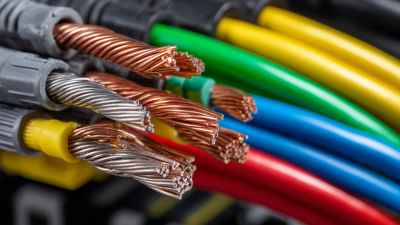
What is the Importance of Wire Cable in Modern Electrical Systems
-

How to Choose the Right Wire and Cable for Your Electrical Projects
-

Understanding the Different Types of Electrical Cable Connectors for Your Projects
-
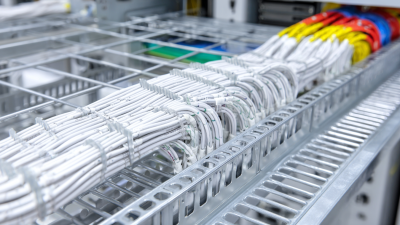
7 Best Practices for Using Wire Mesh Cable Tray in Modern Data Centers
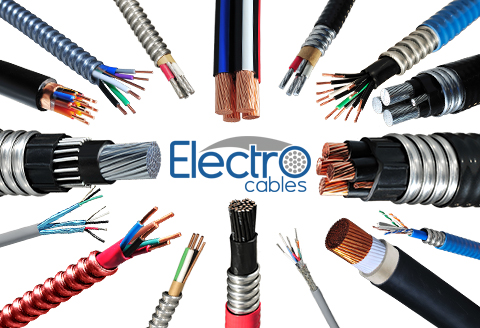
Products
Products
LEARN MORE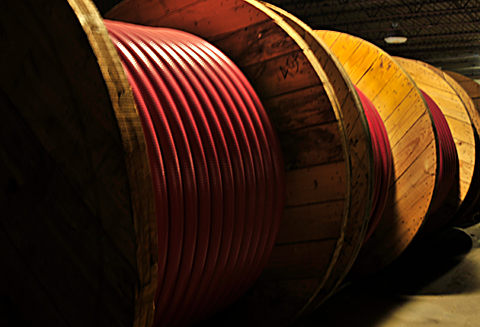
Current Inventory
Current Inventory
LEARN MORE
Custom Solutions
Custom Solutions
WE CAN HELPLighting Power & Control-Signal Cable
This content is restricted to site members. If you are an existing user, please log in. New users may register … LEARN MORE “Lighting Power & Control-Signal Cable”
LOOKING
FOR HELP?
We are here to help. You can contact us or create an account online to have access to special products, technical specifications and our new online quote tool.
ELECTRO CABLES
9 Riverside Drive
P.O. Box 276
Trenton, Ontario
CANADA K8V 5R5
N.A. Toll Free: 888-ELECTRO
(1-888-353-2876)
World: 613-394-4896
Fax: 613-394-4101
Email: sale@machinecables.com
We manufacture cables that are certified by the Canadian Standards Association (CSA), listed by Underwriters Laboratories and/or listed by Intertek (ETL).
Our quality management system is registered to ISO 9001: 2015. Our team is dedicated to consistently providing quality service and products to our customers.

© 2025 ELECTRO CABLES • SITE BY SNAP 360•
